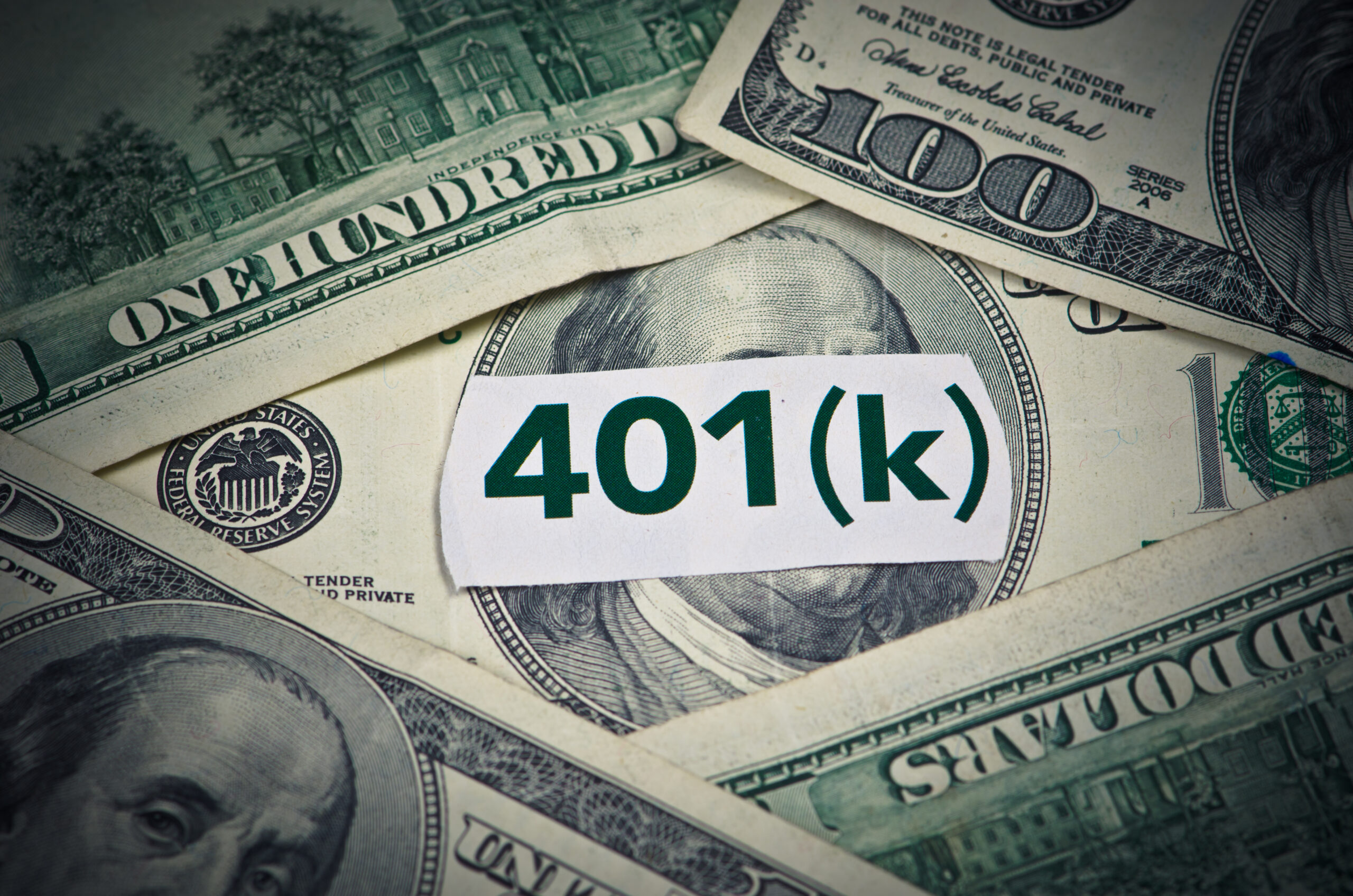
Beginning January 1, 2026, new IRS rules require “catch-up” contributions made by high-earning Participants to their employer sponsored retirement plans be deposited as Roth (after-tax) contributions.
This move is intended to increase tax revenue for the federal government by eliminating the immediate tax reduction associated with pre-tax deferrals for high-income earners.
This notice is not intended to constitute tax or legal advice. We simply want to communicate that if you are a high-income earner making catch-up contributions to your 401k or 403b Plan, your income taxes may be impacted by this new rule beginning in 2026 and you should discuss with your personal advisors.
What’s Changing
Today if you are age 50 or older, you may elect to defer additional “catch-up” contributions to your 401(k), 403(b), or governmental 457(b) plan as pre-tax and/or on a Roth (after-tax) basis.
In 2026, the age 50 catch-up deferral amount is $8,000 and the super catch-up for Participants age 60-63 is $11,250.
Starting in 2026, catch-up contributions must be made as Roth (after-tax) for Participants with FICA wages from their current employer in excess of $150,000 in the prior calendar year.
Simply put, if you are an age 50 high-income earner ($150k in 2025) making catch-up contributions on a pre-tax basis, you will lose this tax deduction beginning in 2026.
Who This Affects
Participants Age 50 or older who make regular or super catch-up contributions with FICA wages in excess of $150,000 in the prior year.
What You Need to Do
This change will impact taxable income beginning in 2026 for high income earners saving for retirement. For most Participants it makes sense to continue to save as much as possible for retirement, but all should consider tax implications and cash flow impacts — Roth “catch-up” contributions will increase your taxable income and decrease your take-home pay compared to “pre-tax” catch up contributions.
It’s always prudent to consult with tax and financial professionals for guidance.
Sample Scenario:
“Jane Smith” has been employed at the ABC Company for many years. Jane participates in the ABC Company 401k Plan. In 2025 Jane will turn 52 and her FICA wages in 2025 amount to $155,000. Jane is a “super saver”, her goal is to save the maximum every year for retirement and minimize her taxable income by saving on a pre-tax basis.
2025: Jane’s pre-tax deferrals into the ABC 401k Plan totaled $31,000. She deferred $23,500 plus an additional $7,500 age 50 “catch-up” on a pre-tax basis. Jane’s taxable income in 2025 equals $124,000 ($155k minus $31k).
2026: Jane’s pre-tax deferrals into the ABC 401k Plan will be limited to $24,500 because her FICA wages in 2025 exceeded $150k. Jane wants to continue saving as much as the IRS permits for her retirement so she uses her 2026 “catch-up” ($8,000) but the entire catch-up amount must be deposited into the ABC 401k as a Roth (after-tax) deferral.
Jane’s total contribution into the ABC 401k Plan in 2026 is still $32,500 but her taxable income increased relative to 2025 because the age 50 catch-up must go into the plan as a Roth (after-tax) deferral.
If you have questions, please don’t hesitate to reach out to the professionals at Aegis Retirement Partners for assistance.